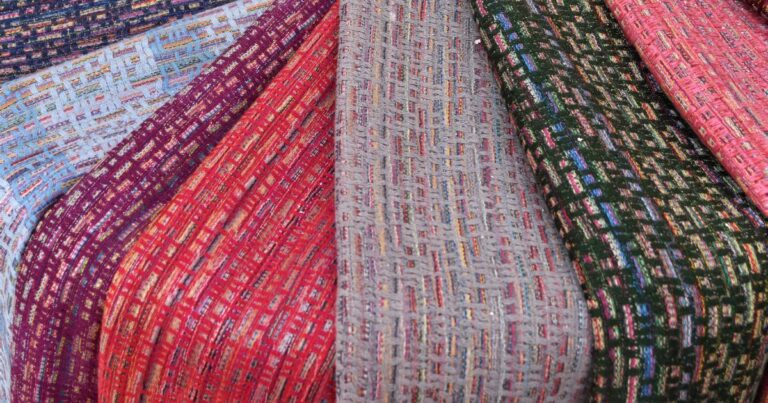The Rise of Slow Fashion: Embracing Quality over Quantity in Clothing Consumption
Slow fashion emphasizes quality over quantity. By investing in well-made, timeless pieces, individuals can create a versatile wardrobe that lasts longer. This not only reduces the need for constant replacement but also minimizes the strain on the environment caused by the disposal of fast fashion items. In the long run, slow fashion can actually be more cost-effective as well as sustainable.
Moreover, by supporting slow fashion, consumers encourage transparency and ethical practices within the fashion industry. This can lead to improved working conditions for garment workers, fair wages, and better overall treatment of employees throughout the supply chain. Choosing slow fashion means making a conscious decision to support brands that prioritize sustainability and ethical production methods, contributing to a more responsible and compassionate industry.
• Slow fashion emphasizes quality over quantity
• Investing in well-made, timeless pieces creates a versatile wardrobe that lasts longer
• Reduces the need for constant replacement of clothing items
• Minimizes strain on the environment caused by disposal of fast fashion items
• Supporting slow fashion encourages transparency and ethical practices in the industry
• Leads to improved working conditions for garment workers
• Ensures fair wages and better treatment of employees throughout the supply chain
• Choosing slow fashion supports brands prioritizing sustainability and ethical production methods
Impact of Fast Fashion on the Environment
Fast fashion has undeniably contributed to the degradation of our environment in numerous ways. The constant production of cheap clothing items leads to an increase in greenhouse gas emissions, primarily due to the transportation of raw materials and finished products across the globe. Additionally, the reliance on synthetic fibers in fast fashion collections further exacerbates the environmental impact, as these materials are non-biodegradable and release harmful chemicals during their production process.
Moreover, the rapid turnover of trends and designs promoted by fast fashion brands encourage overconsumption and ultimately contribute to massive textile waste. With consumers purchasing more clothing than they actually need, landfills are overflowing with discarded garments that take decades to decompose. This disposal of textile waste not only clogs up landfills but also leaches hazardous substances into the soil and water bodies, posing significant risks to both human health and the environment.
Ethical Practices in Slow Fashion
Ethical practices are at the core of the slow fashion movement. This approach emphasizes transparency, fair wages, and safe working conditions for all individuals involved in the production process. By prioritizing ethical standards, slow fashion brands promote a sense of responsibility towards both people and the environment.
In addition to treating workers fairly, ethical practices in slow fashion also extend to the sourcing of materials. Sustainable and environmentally friendly materials are favored, reducing the impact of harmful chemicals and waste on the planet. By choosing ethically sourced materials, slow fashion brands contribute to a more sustainable industry that values the well-being of both people and the environment.
What are the benefits of Slow Fashion?
Slow Fashion promotes sustainability by using high-quality materials and ethical production practices. It also encourages consumers to buy less and choose timeless pieces that last longer.
How does Fast Fashion impact the environment?
Fast Fashion contributes to pollution, waste, and unethical labor practices. The constant production of cheap, disposable clothing leads to increased carbon emissions and environmental degradation.
What are some ethical practices in Slow Fashion?
Ethical practices in Slow Fashion include fair wages and working conditions for garment workers, transparency in the supply chain, using eco-friendly materials, and promoting sustainable production methods.






